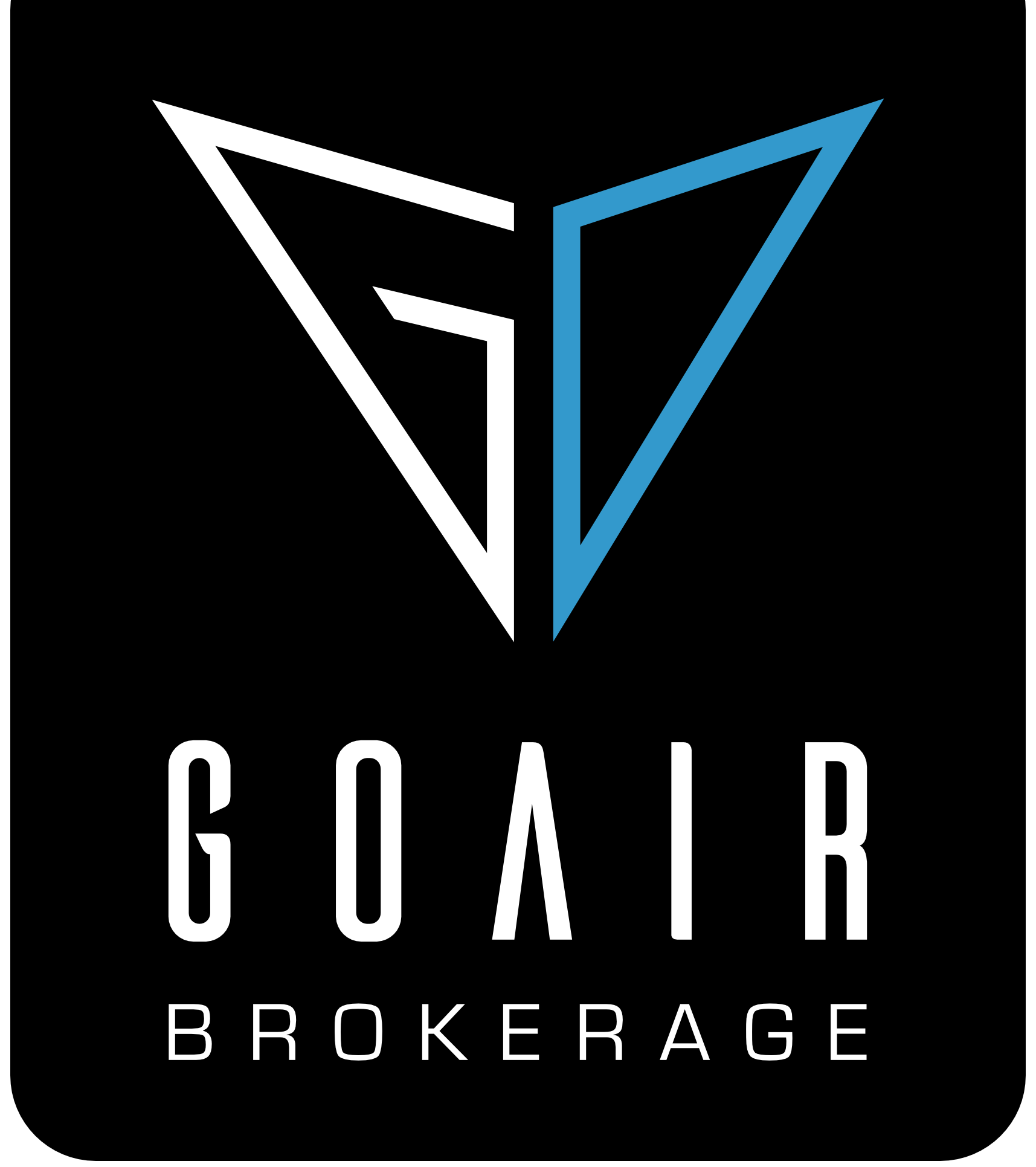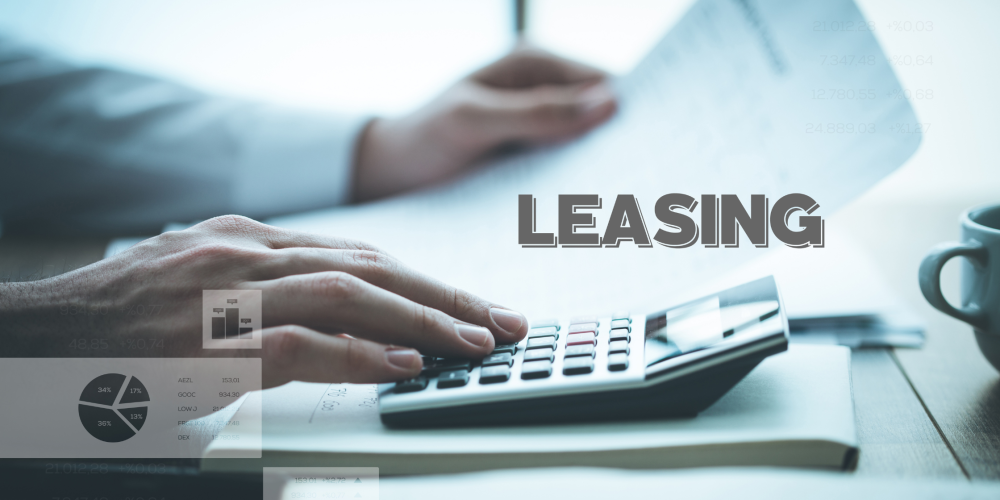When it comes to operating in the aviation industry, businesses often face the critical decision of whether to purchase or lease commercial aircraft. While buying an aircraft outright might seem like the ideal choice for some, commercial aircraft leasing has emerged as a popular and advantageous alternative. This leasing option provides companies with the flexibility they need to adapt to changing market conditions, expand their operations, and optimize their fleet without the hefty upfront costs associated with ownership.
Imagine you’re a rapidly growing airline company aiming to meet the increasing demand for air travel. You need to scale up your fleet quickly to accommodate more passengers and serve new routes efficiently. Purchasing multiple aircraft outright may strain your financial resources and tie up valuable capital that could be allocated to other essential areas of your business, such as marketing, infrastructure development, or employee training. This is where commercial aircraft leasing comes into play, offering you a strategic solution to address your immediate needs while preserving financial flexibility for future endeavors.
Types of Leases And What They Mean For You
In the realm of commercial aircraft leasing, two primary types of lease agreements dominate the landscape: dry leases and wet leases. Understanding the nuances between these leasing options is crucial for businesses seeking to optimize their fleet management strategies.
A dry lease involves the lease of an aircraft without crew, maintenance, insurance, or other operational services. Essentially, the lessee obtains the aircraft itself and assumes responsibility for all associated costs and operational activities. Dry leases are often favored by airlines or charter companies with in-house capabilities to manage and operate aircraft independently. This leasing arrangement provides lessees with greater control and flexibility over the operation of the leased aircraft, allowing them to tailor maintenance schedules, crewing arrangements, and flight routes according to their specific needs.
On the other hand, a wet lease entails the lease of an aircraft along with crew, maintenance, insurance, and other operational services provided by the lessor. This type of lease is akin to renting a fully serviced aircraft on a short-term basis, typically for a few months to a year. Wet leases offer businesses the convenience of quickly acquiring additional capacity to meet temporary demand surges or address operational constraints without having to invest in additional infrastructure or personnel. For instance, an airline experiencing a sudden uptick in passenger bookings during the holiday season may opt for a wet lease to augment its existing fleet and ensure uninterrupted service delivery to customers.
Negotiating Your Lease Agreement
Navigating the complexities of a commercial aircraft lease agreement requires careful consideration and negotiation to secure favorable terms that align with your business objectives. As a lessee, it’s essential to pay close attention to key elements of the lease agreement, including lease duration, rental rates, maintenance responsibilities, insurance coverage, and termination clauses.
When negotiating your lease agreement, strive to strike a balance between cost-effectiveness and operational flexibility. Consider factors such as lease duration, as longer-term leases may offer more favorable rental rates but entail greater commitment and risk. Evaluate the lessor’s reputation, track record, and financial stability to ensure reliability and accountability throughout the leasing term. Additionally, seek clarity on maintenance provisions, including scheduled maintenance intervals, repair responsibilities, and spare parts availability, to minimize downtime and operational disruptions.
Managing Your Leased Fleet
Once you’ve finalized your lease agreement and acquired the desired aircraft, effective fleet management becomes paramount to maximizing the value and utility of your leased assets. From ensuring operational efficiency to maintaining regulatory compliance, managing a leased fleet entails various responsibilities and challenges that demand careful attention and proactive oversight.
Operational efficiency lies at the heart of successful fleet management, encompassing factors such as flight scheduling, crew allocation, fuel management, and route optimization. By leveraging advanced analytics, data-driven decision-making tools, and industry best practices, businesses can streamline their operations, minimize costs, and enhance customer satisfaction. Moreover, maintaining regulatory compliance with aviation authorities’ safety, security, and operational standards is non-negotiable for lessees. Adherence to regulatory requirements not only safeguards passengers, crew, and assets but also preserves the lessee’s reputation and legal standing in the aviation industry.
The Role of Technology In Aircraft Leasing
Technology plays a pivotal role in modern aircraft leasing operations, revolutionizing fleet management practices and enhancing the operational capabilities of lessors and lessees alike. From digital lease management platforms to predictive maintenance systems, technological advancements are driving efficiency, improving safety, and optimizing the utilization of leased aircraft. Let’s delve into the various aspects of technology integration in aircraft leasing:
Digital Lease Management Platforms:
Digital lease management platforms have transformed the way lessors and lessees manage lease agreements, documentation, and compliance. These platforms offer centralized repositories for lease documents, enabling easy access, tracking, and management of lease terms, conditions, and obligations. By digitizing lease-related processes, such as lease amendments, rent payments, and maintenance records, these platforms streamline administrative tasks, reduce paperwork, and enhance transparency between lessors and lessees.
Predictive Maintenance Systems:
Predictive maintenance systems leverage data analytics, machine learning algorithms, and sensor technologies to monitor aircraft health, predict component failures, and schedule maintenance proactively. By analyzing real-time operational data, such as engine performance metrics, flight data, and maintenance history, these systems can identify potential maintenance issues before they escalate, minimizing unplanned downtime and optimizing aircraft availability. Predictive maintenance not only improves safety and reliability but also reduces maintenance costs and extends the lifespan of leased aircraft.
Aircraft Tracking And Monitoring:
Advanced aircraft tracking and monitoring technologies, such as satellite-based surveillance systems and onboard sensors, enable real-time tracking of leased aircraft, enhancing operational visibility and fleet management capabilities. These systems provide accurate location data, flight status updates, and performance metrics, empowering lessors and lessees to monitor fleet operations, optimize flight schedules, and respond promptly to operational disruptions or emergencies. By ensuring better asset utilization and operational efficiency, aircraft tracking and monitoring technologies maximize the value of leased aircraft for both lessors and lessees.
Data Analytics And Decision Support Tools:
Data analytics and decision support tools harness big data analytics, artificial intelligence, and predictive modeling techniques to analyze vast amounts of operational data and derive actionable insights for strategic decision-making. These tools enable lessors and lessees to optimize fleet deployment, identify revenue opportunities, and mitigate operational risks effectively. By leveraging data-driven insights, stakeholders can make informed decisions regarding aircraft acquisition, leasing agreements, and fleet optimization strategies, thereby maximizing profitability and competitiveness in the aviation market.
Remote Diagnostics And Maintenance:
Remote diagnostics and maintenance technologies enable remote monitoring, troubleshooting, and maintenance of leased aircraft systems and components. Through onboard sensors, wireless connectivity, and remote diagnostic software, maintenance technicians can diagnose and resolve issues remotely, reducing the need for physical inspections and minimizing aircraft downtime. These technologies facilitate proactive maintenance planning, expedite fault resolution, and improve aircraft reliability, ensuring optimal performance and safety throughout the lease term.
GO Air Brokerage: Simplifying Aircraft Leasing
The process of commercial aircraft leasing can be daunting, but with the right partner by your side, the process becomes more manageable and rewarding. This is where GO Air Brokerage steps in as your trusted ally in the world of aviation. With our expertise, industry insights, and commitment to client success, we specialize in simplifying the aircraft leasing experience for businesses across the globe.
As your preferred aircraft leasing partner, GO Air Brokerage offers tailor-made solutions designed to meet your unique needs and objectives. Whether you’re seeking short-term lease arrangements to address temporary capacity constraints or long-term lease agreements to support strategic growth initiatives, we’ve got you covered. Our dedicated team of aviation professionals is with you every step of the way, from lease negotiation and aircraft selection to ongoing support and maintenance coordination. With GO Air Brokerage by your side, you can confidently navigate the complexities of commercial aircraft leasing and soar to new heights of success in the aviation industry.

